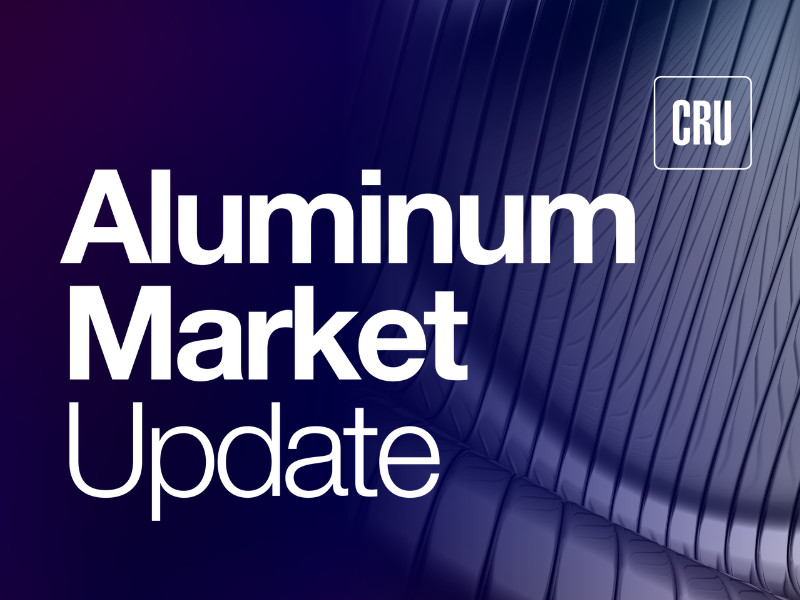AMU

August 22, 2025
AMU: Does the US-EU trade deal shift attention to Mexico or Canada?
Written by Stephanie Ritenbaugh
On Thursday, the US and EU agreed to more concrete terms to their handshake deal of last month.
The key provision of the deal is a blanket import tariff of 15% on most goods ex the EU. This rate applies to pharmaceuticals, one of the EU’s biggest exports to the US and one that was considered very much in harm’s way. Lumber and semiconductors are also taxed at 15%.
The EU did not fare so well on automobiles, where the import duty will be 27.5% and subject to reduction IF the EU takes steps to reduce import duties on select imported goods.
Automotive parts from the EU will NOT be subject to the higher Section 232 duties of 50%.
Steel and aluminum get no relief
On aluminum and steel, the status quo, 50% import duties, remains intact. The parties have only agreed to “the European Union and the United States intend to consider the possibility to cooperate on ring-fencing their respective domestic markets from overcapacity, while ensuring secure supply chains between each other, including through tariff-rate quota solutions.”
From a practical perspective, this deal really means little in terms of primary trade flow into the US from the EU. We import virtually no primary metal. It is a lot more important for semi-fabricated and fabricated products, such as HTS 7605 sheet/plate that does come across the Atlantic. No relief provided there.
The idea of trade quotas remains in play between the partners, an interesting contrast with Canada, who we discussed earlier as being adamantly opposed to.
Where does the Trump administration go next?
US-China trade negotiations have another 90-day moratorium, so it does suggest that perhaps the USMCA partners may be next up on the agenda.
The administration seems more disposed toward getting something done with Mexico than Canada. It is interesting that the bias favors Mexico, considering the rhetoric of illegal immigration and fentanyl during the election.
We suspect that when the administration examined the economic stakes between the US and Mexico, it was easier to focus on Mexico vs. Canada. Two-way trade with Mexico totaled $935.1 billion in 2024. Our trade deficit was $171.5 billion. Canada two-way trade was $761.8 billion with a deficit of $35.7 billion.
As aluminum people, we need to be myopic and think about our self-interest. We want Canadian primary aluminum pipeline preserves, and we want it at favorable tariffs.
The reality is that the Trump administration is obsessed with trade balances and that trade deficit is one that undoubtedly is gnawing at Trump. We believe that Mexico gets the priority next.
A secondary consideration is the handicapping of the opponent. Trump may feel he has a stronger negotiating position against President Sheinbaum vs. Prime Minister Carney. American industry has heavily invested in the maquiladora program of Mexico and is acutely aware that those investments depend on easy cross-border movements. If tariff barriers rise, those investments start to shrink, and Mexico stands to lose.
Why this matters
We all would like to see the Canadian supply situation clarified. Buyers want to see lower tariffs and lower Midwest. However, macroeconomics likely means that it is not Canada’s turn at the table.
Canada’s challenge remains not understanding exactly what the Trump administration wants, so it is difficult for them to put a proposal on the table that would lead to lower aluminum (and steel) tariffs.
Mexico, on the other hand, knows that immigration flows and cracking down on the drug trade are top priorities. Increasing American content in maquiladora manufacturers could also sell well.
Stay tuned for these negotiations to heat up now that the EU 27 deal is done.
This piece was first published by SMU’s sister publication, Aluminum Market Update. To learn about AMU, visit their website or sign up for a free trial.



